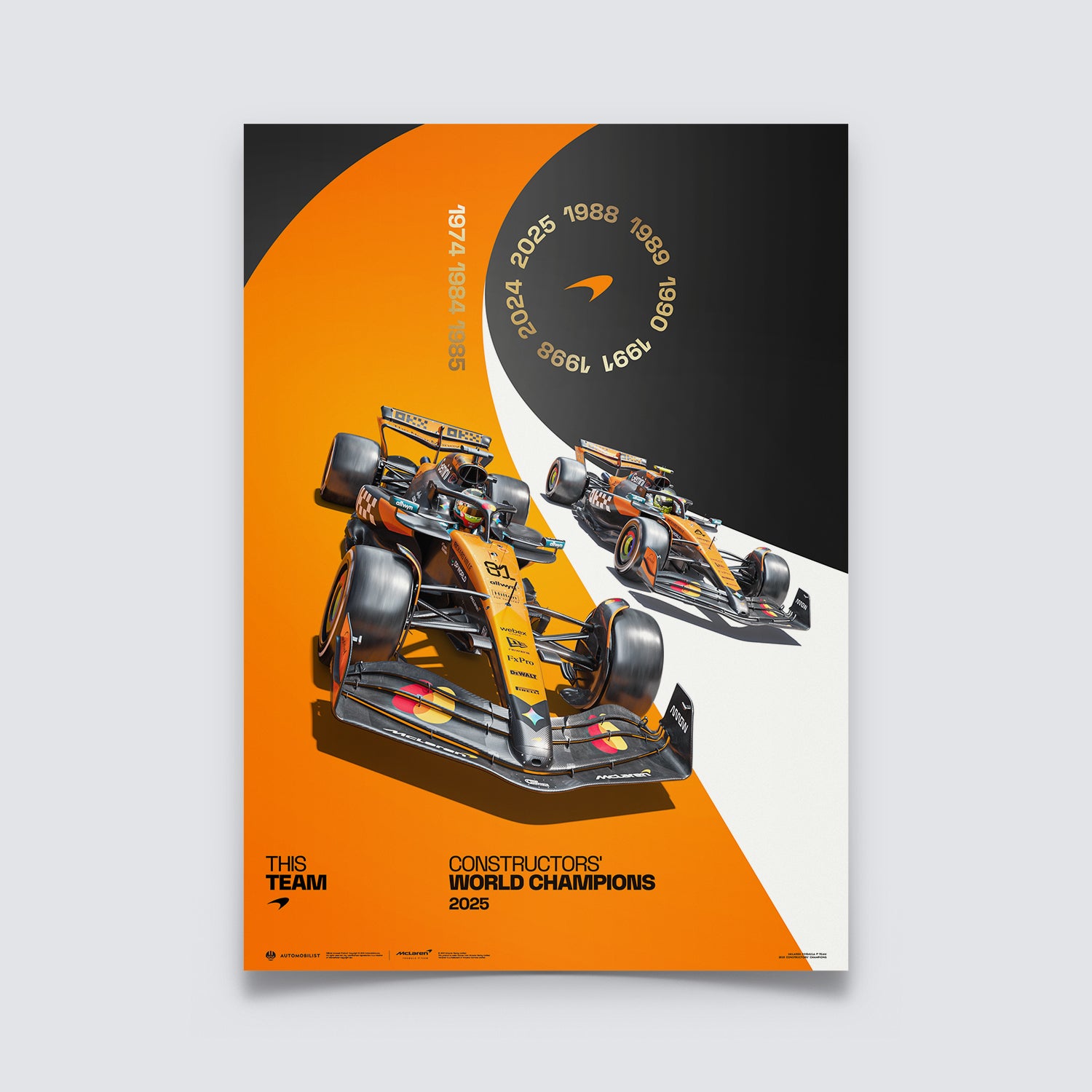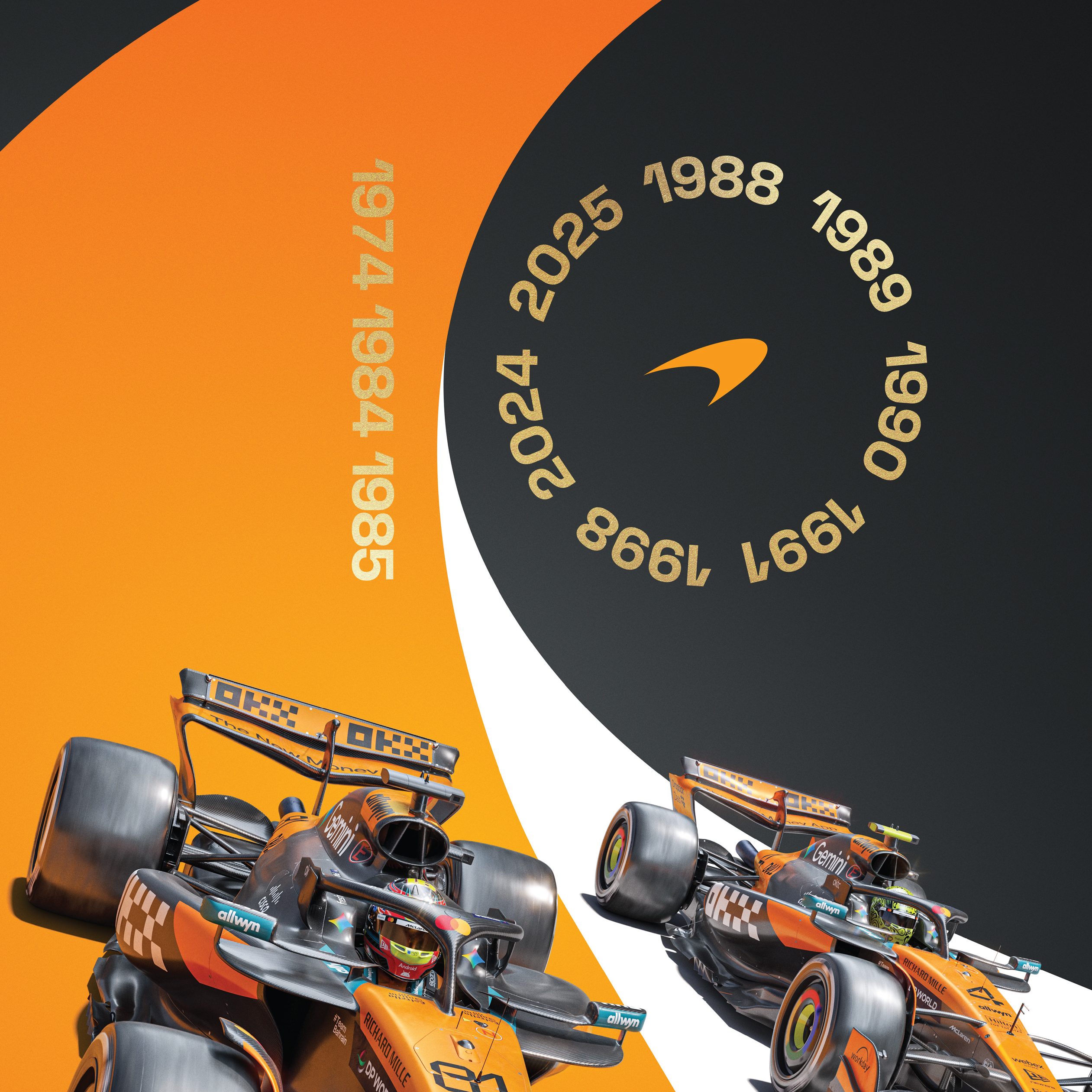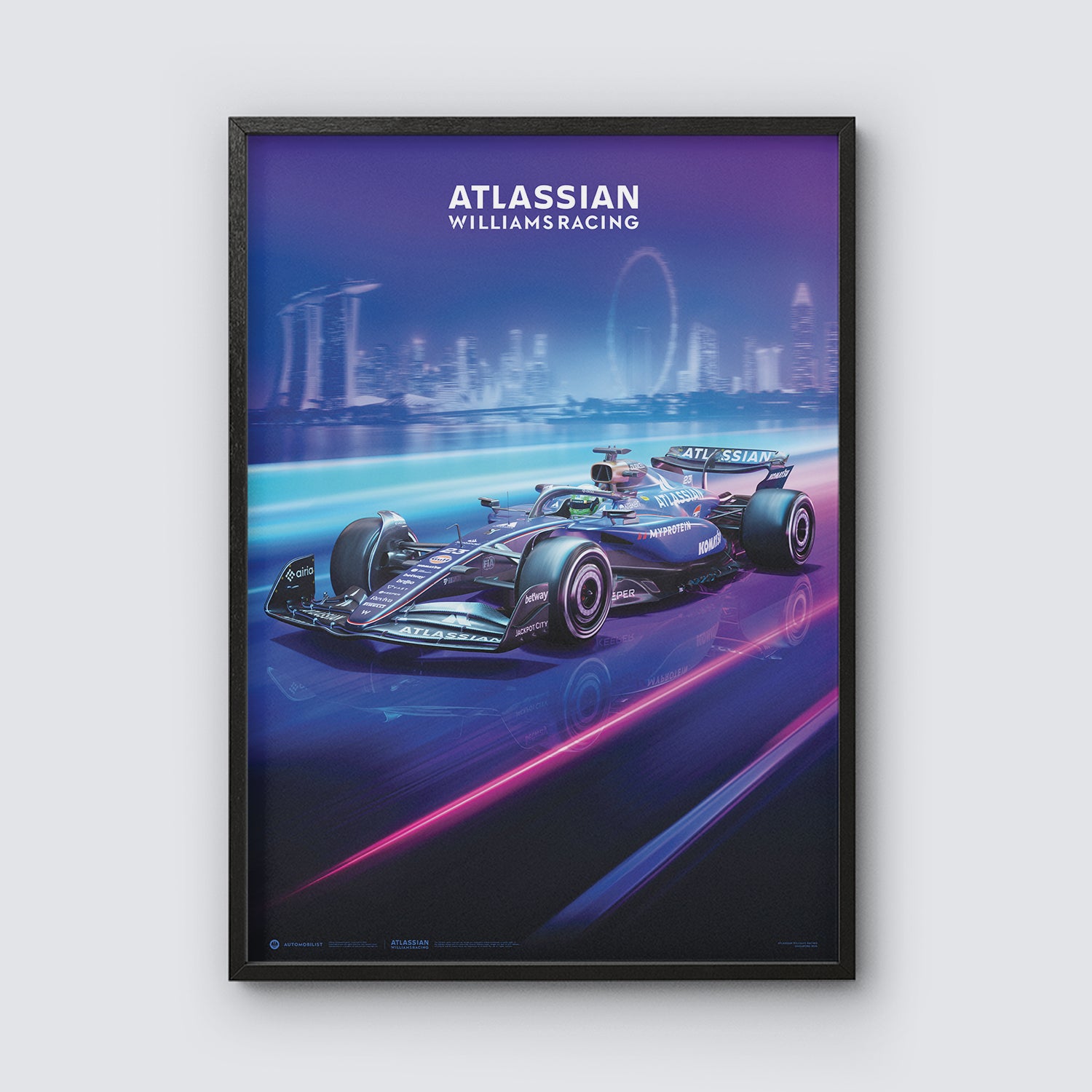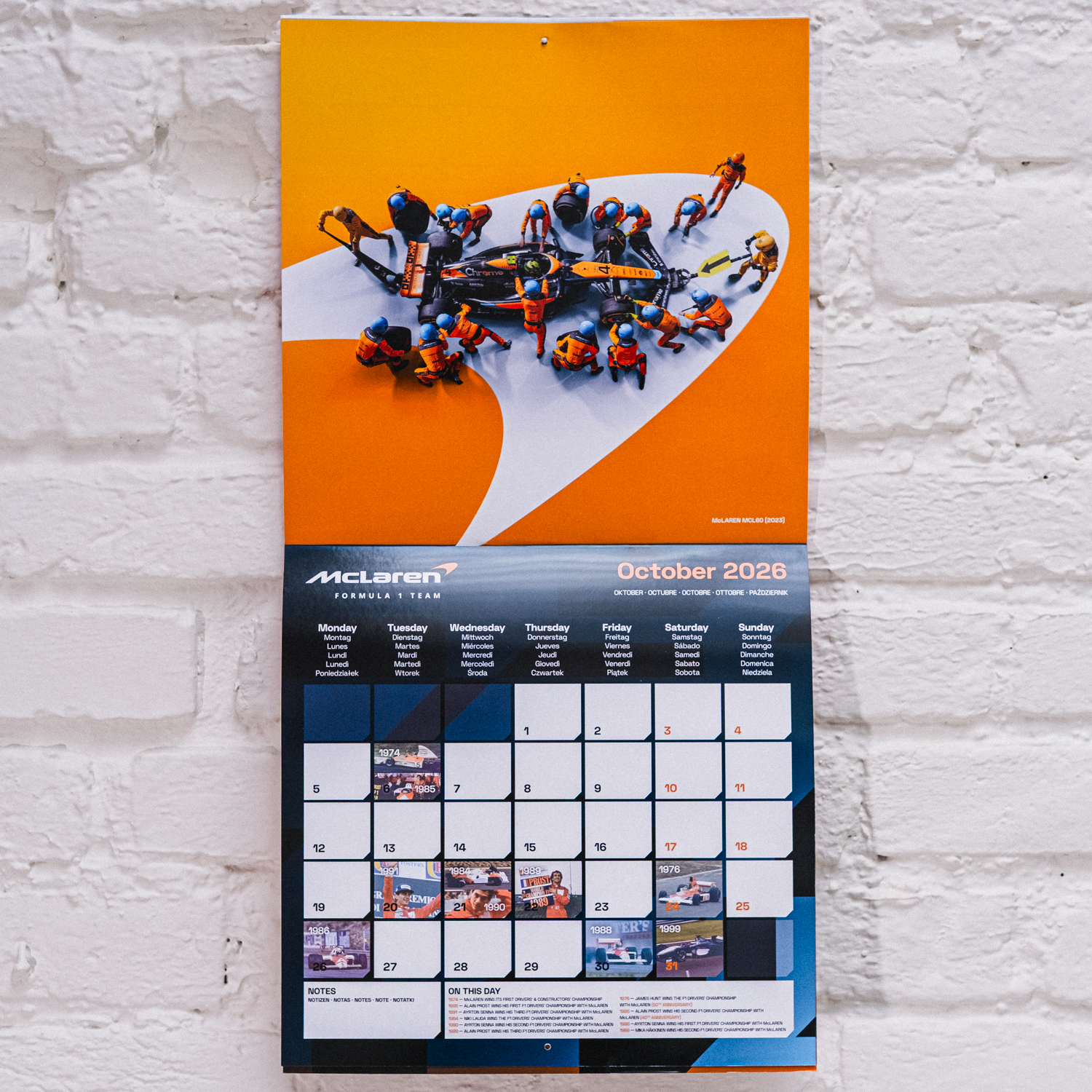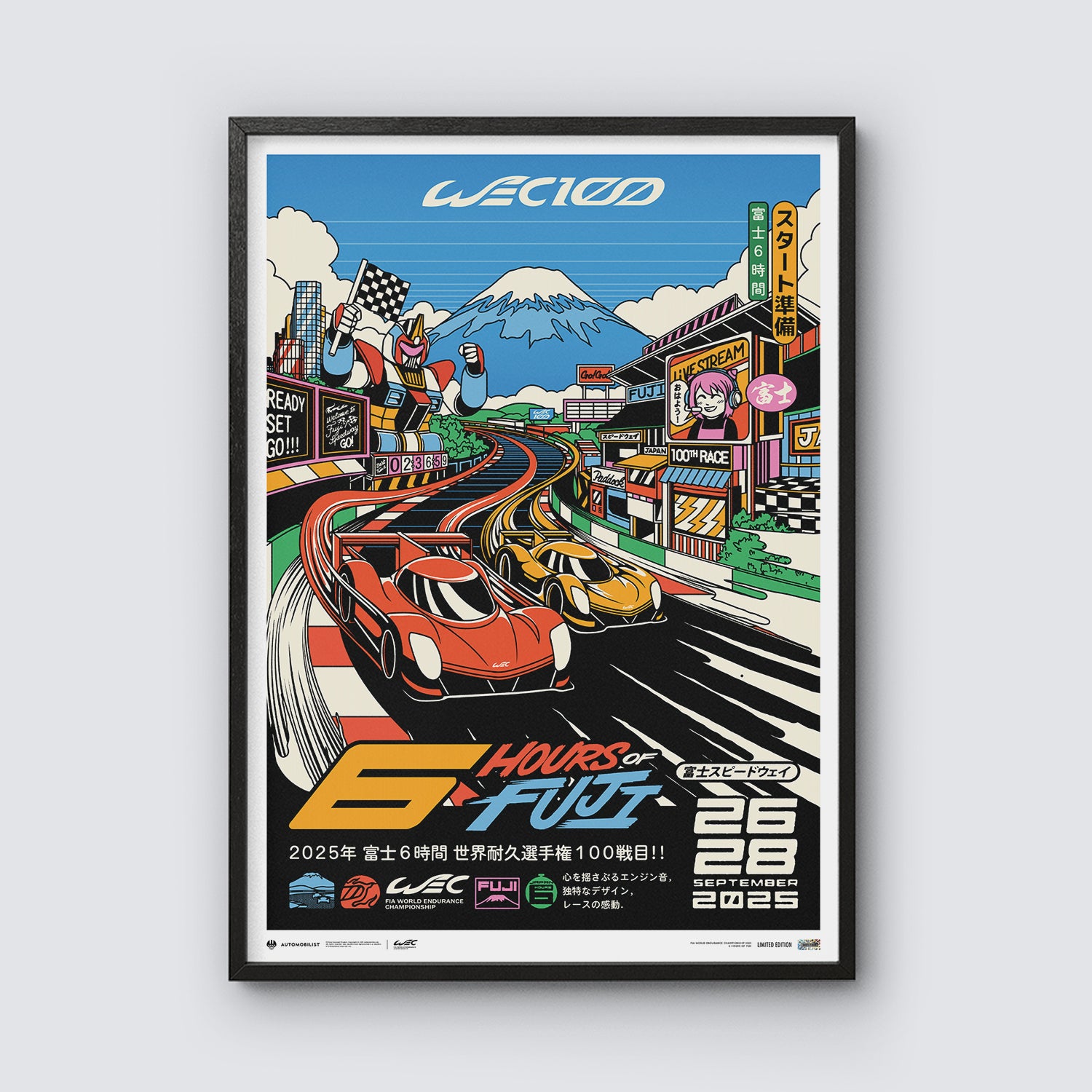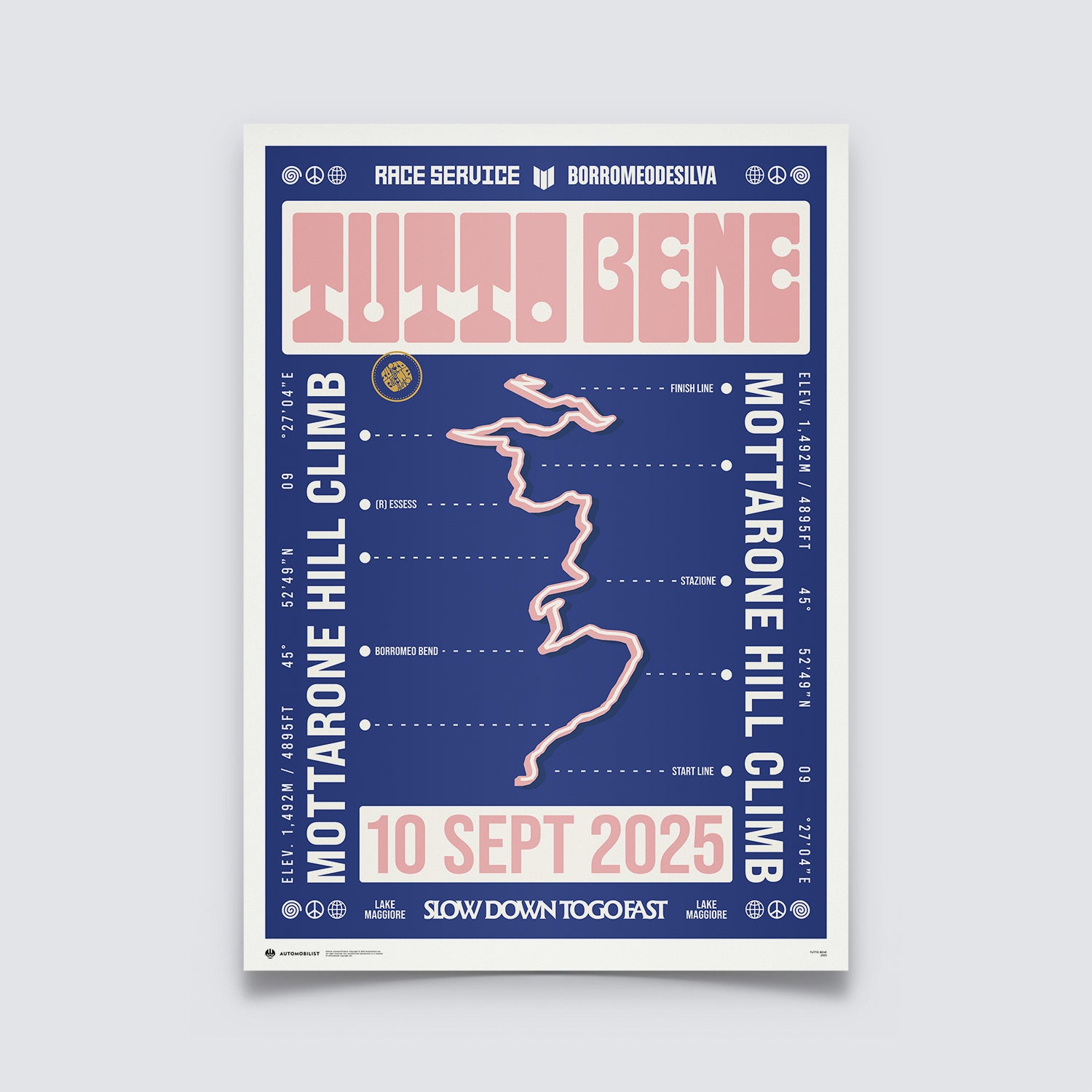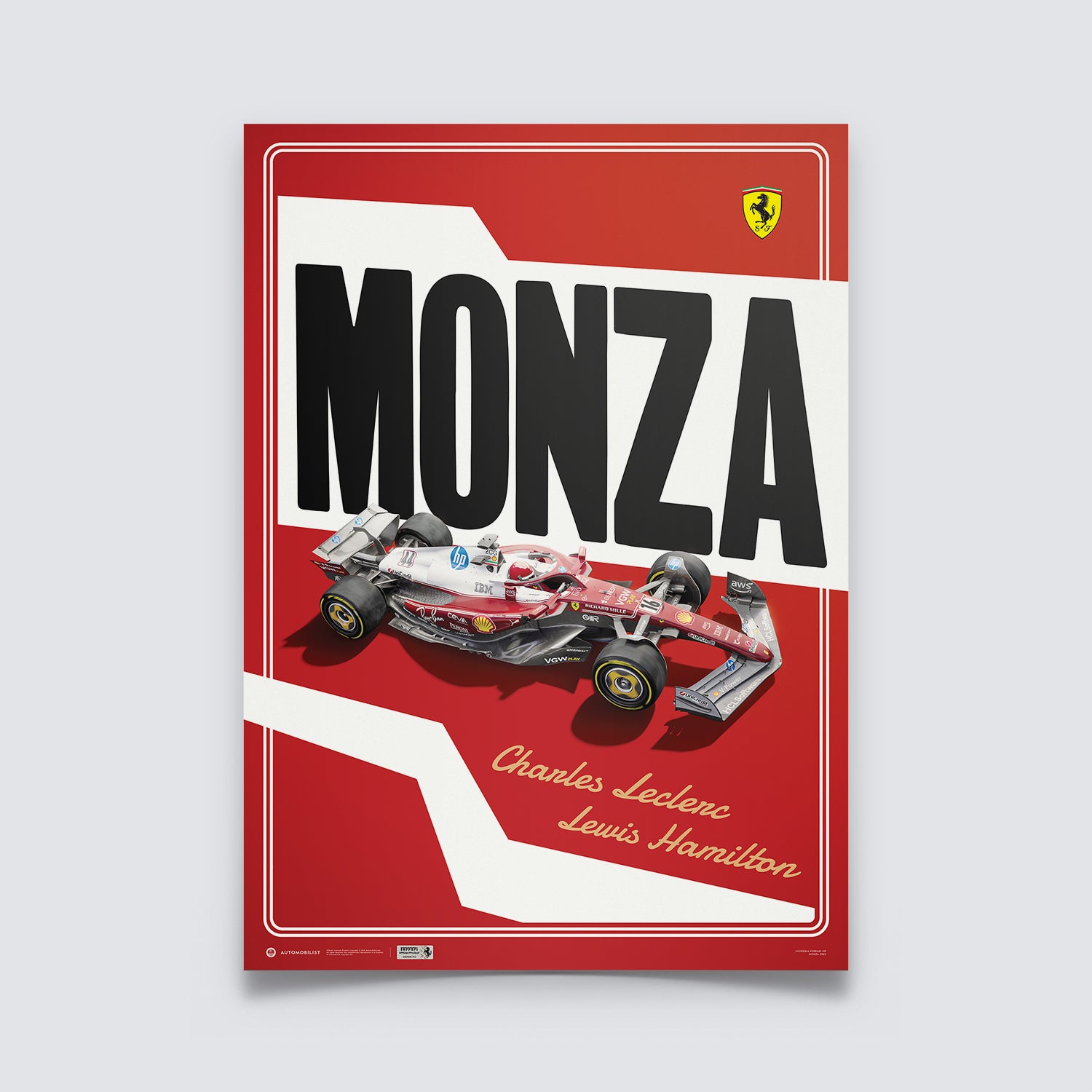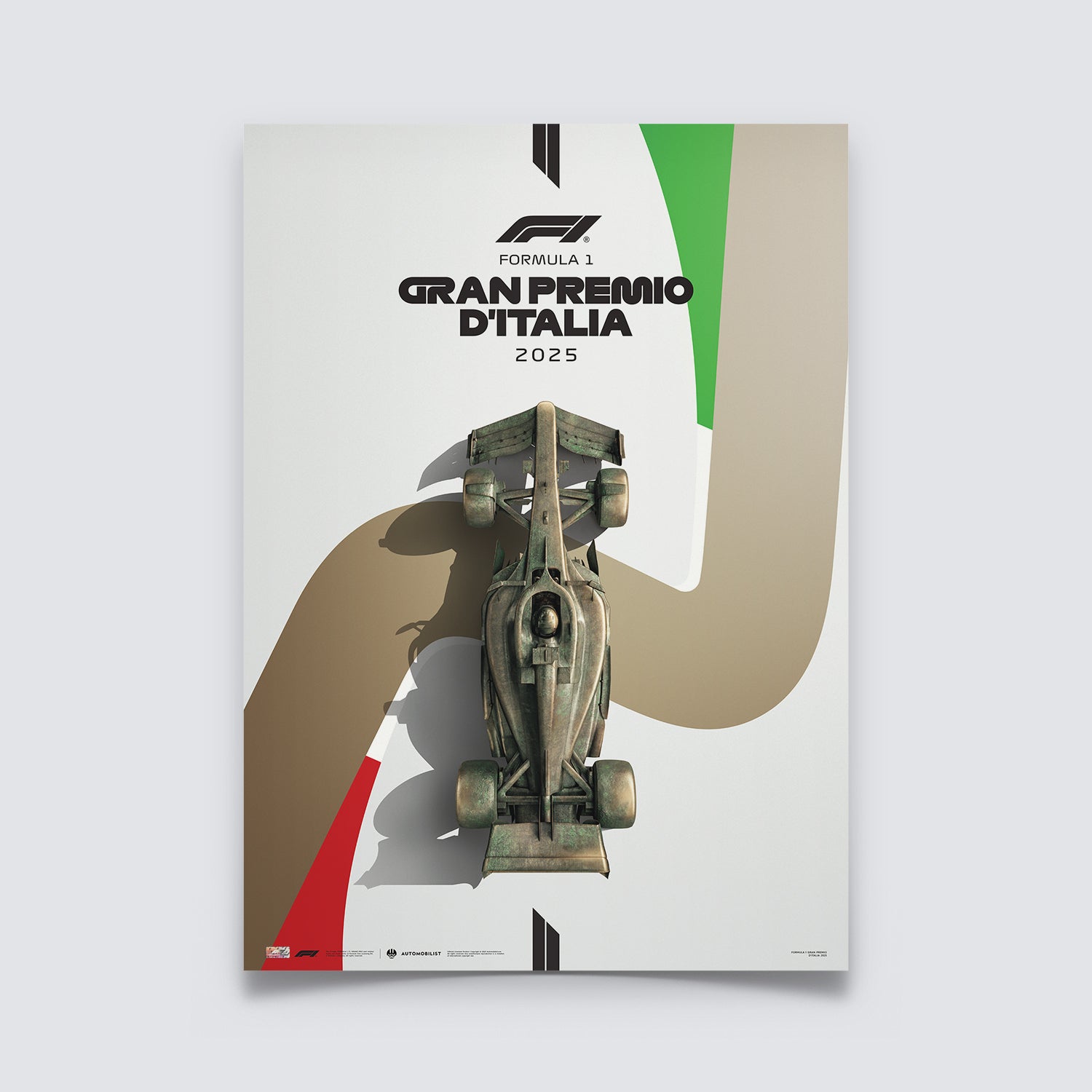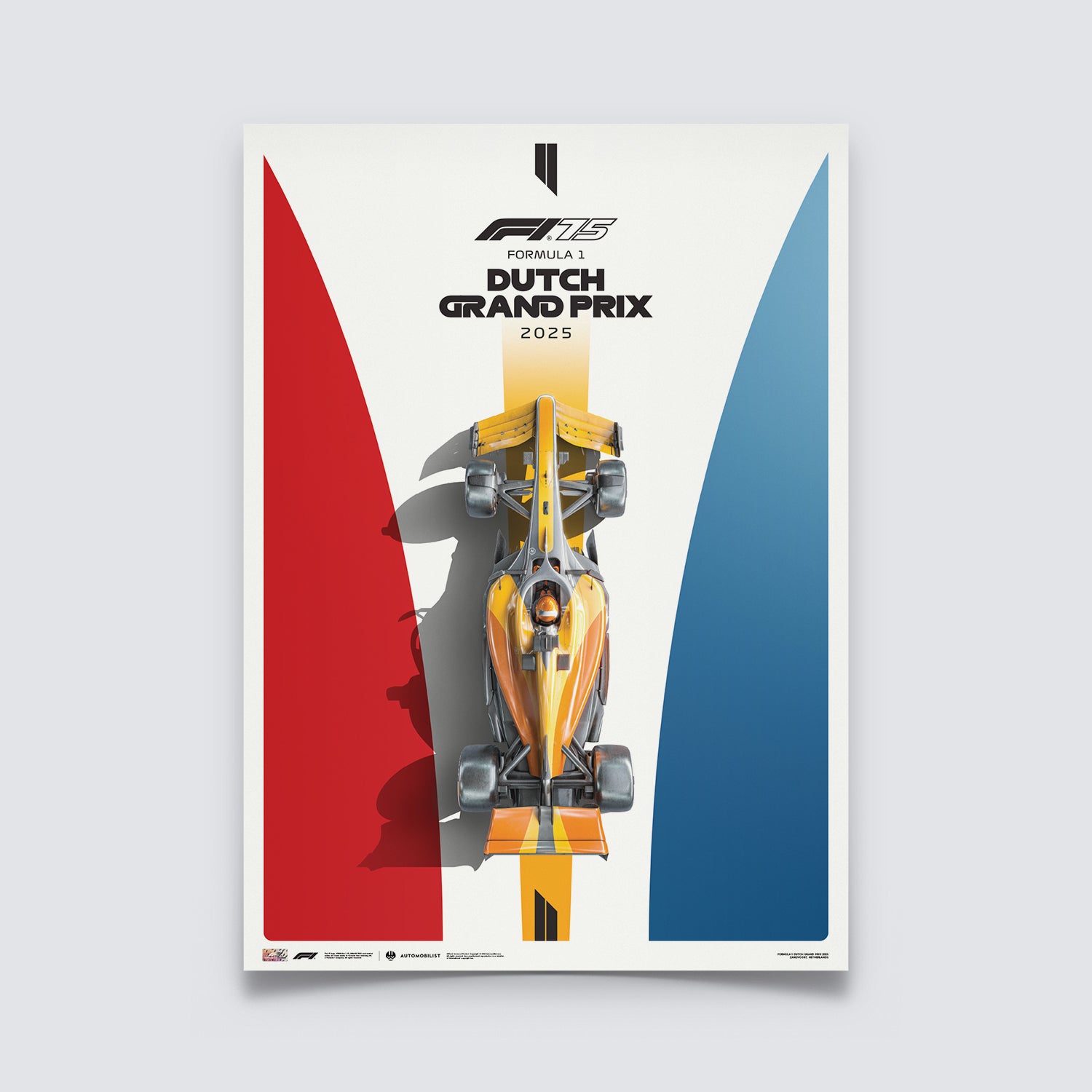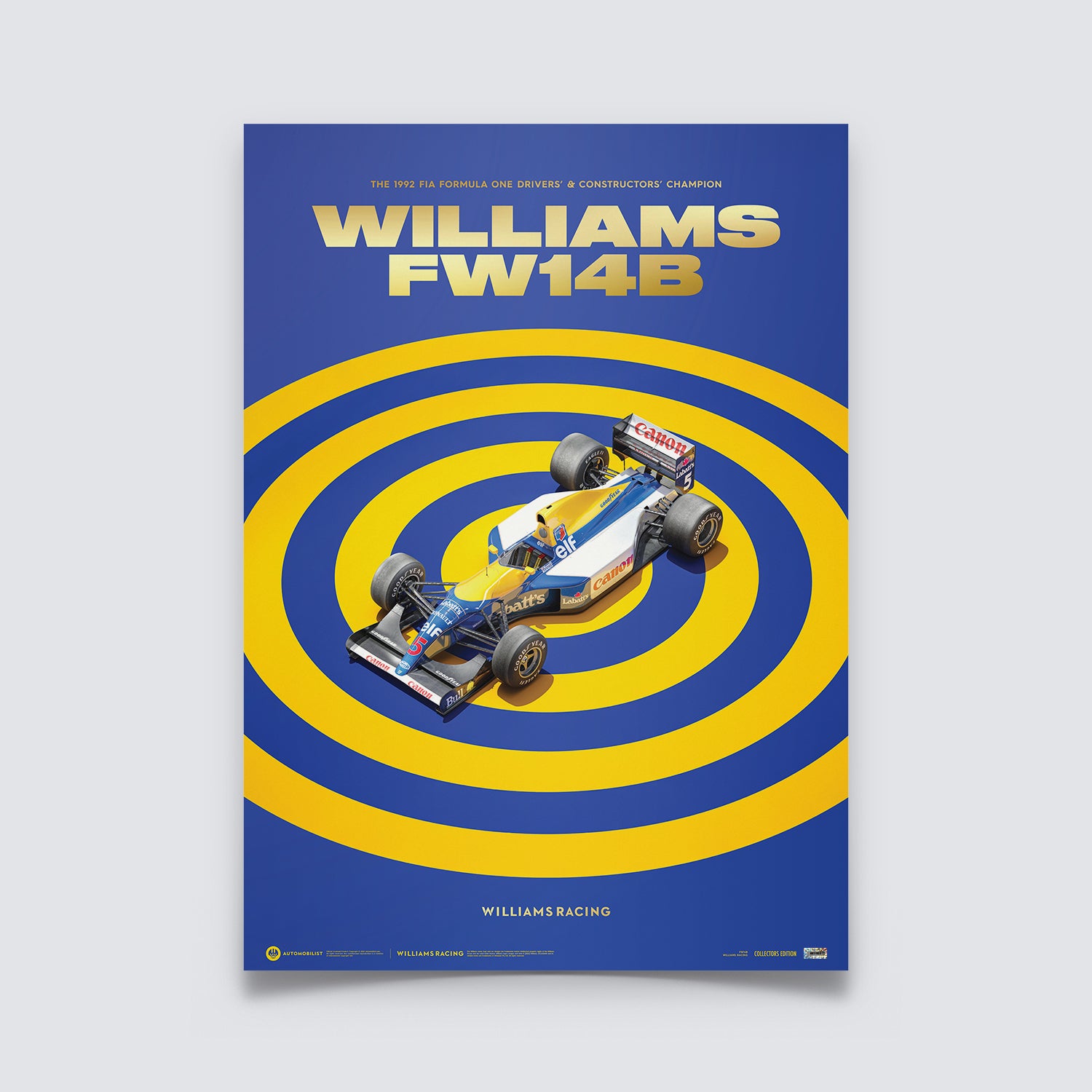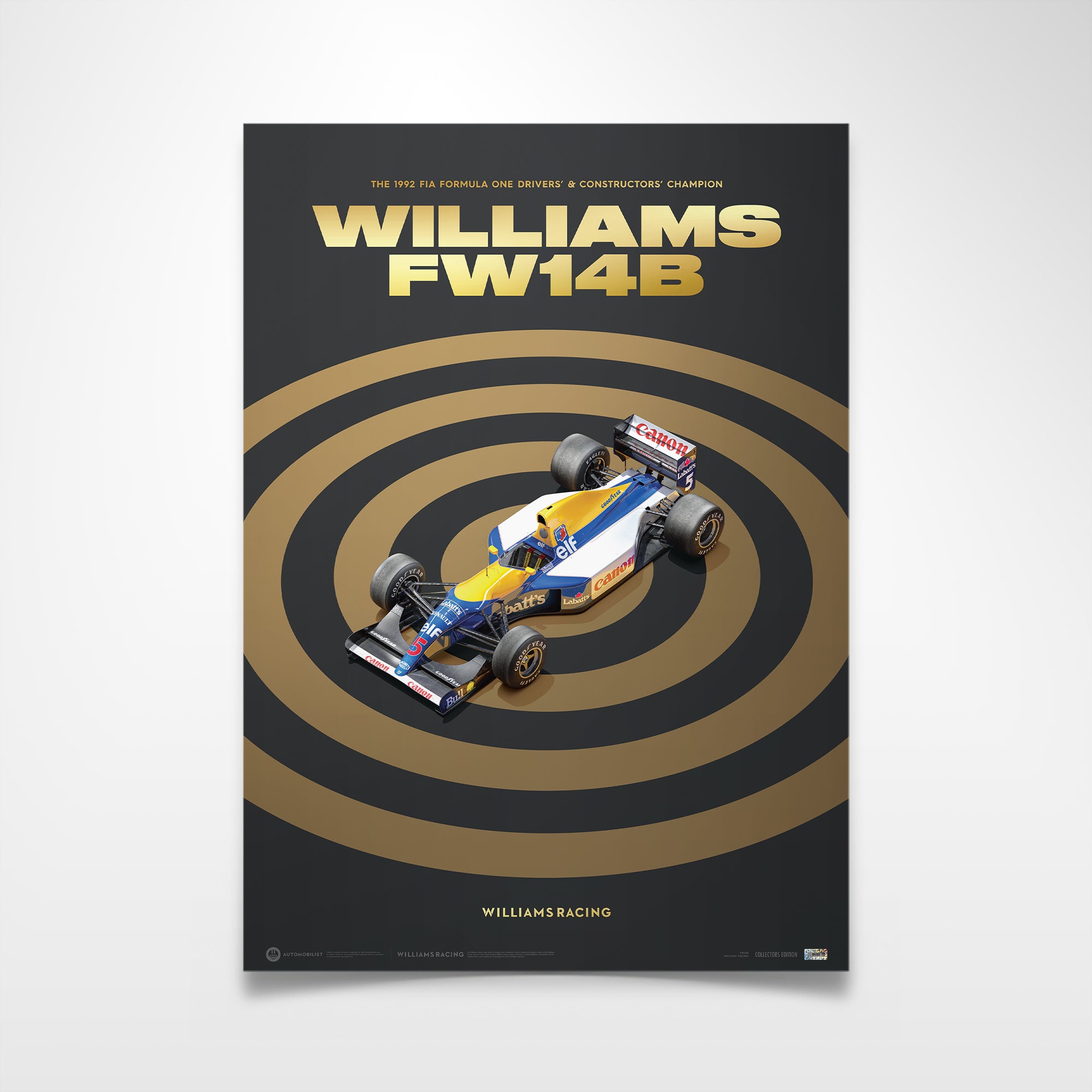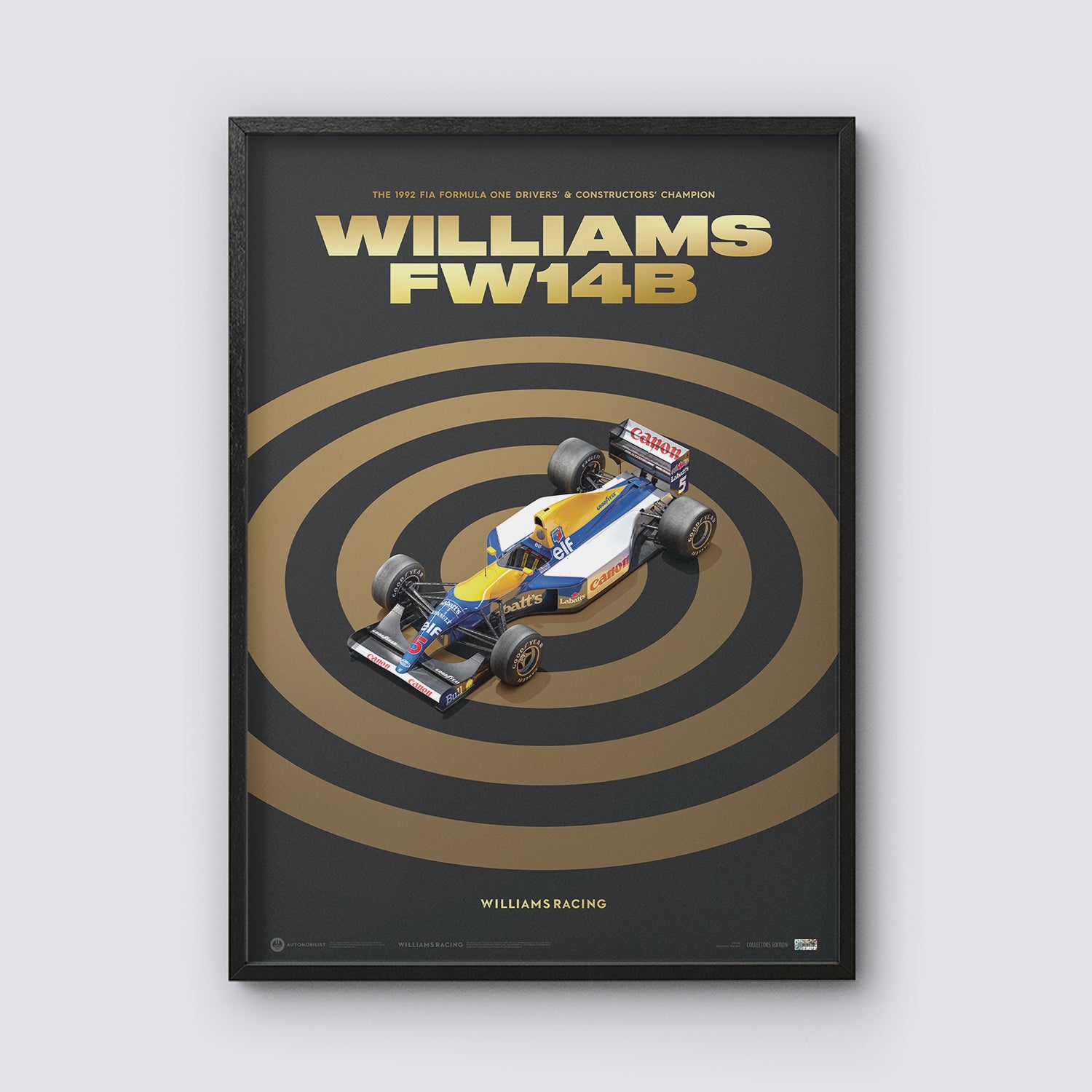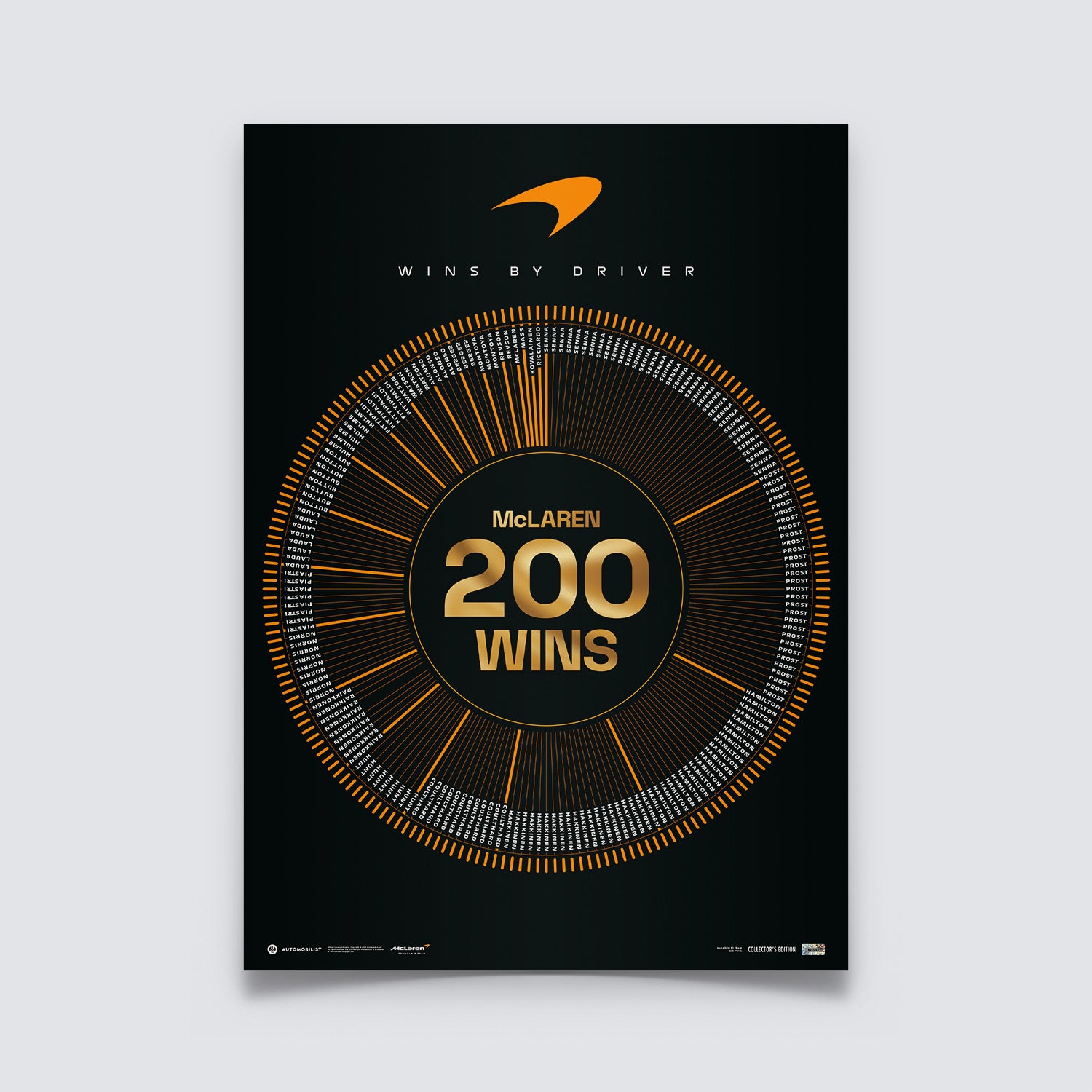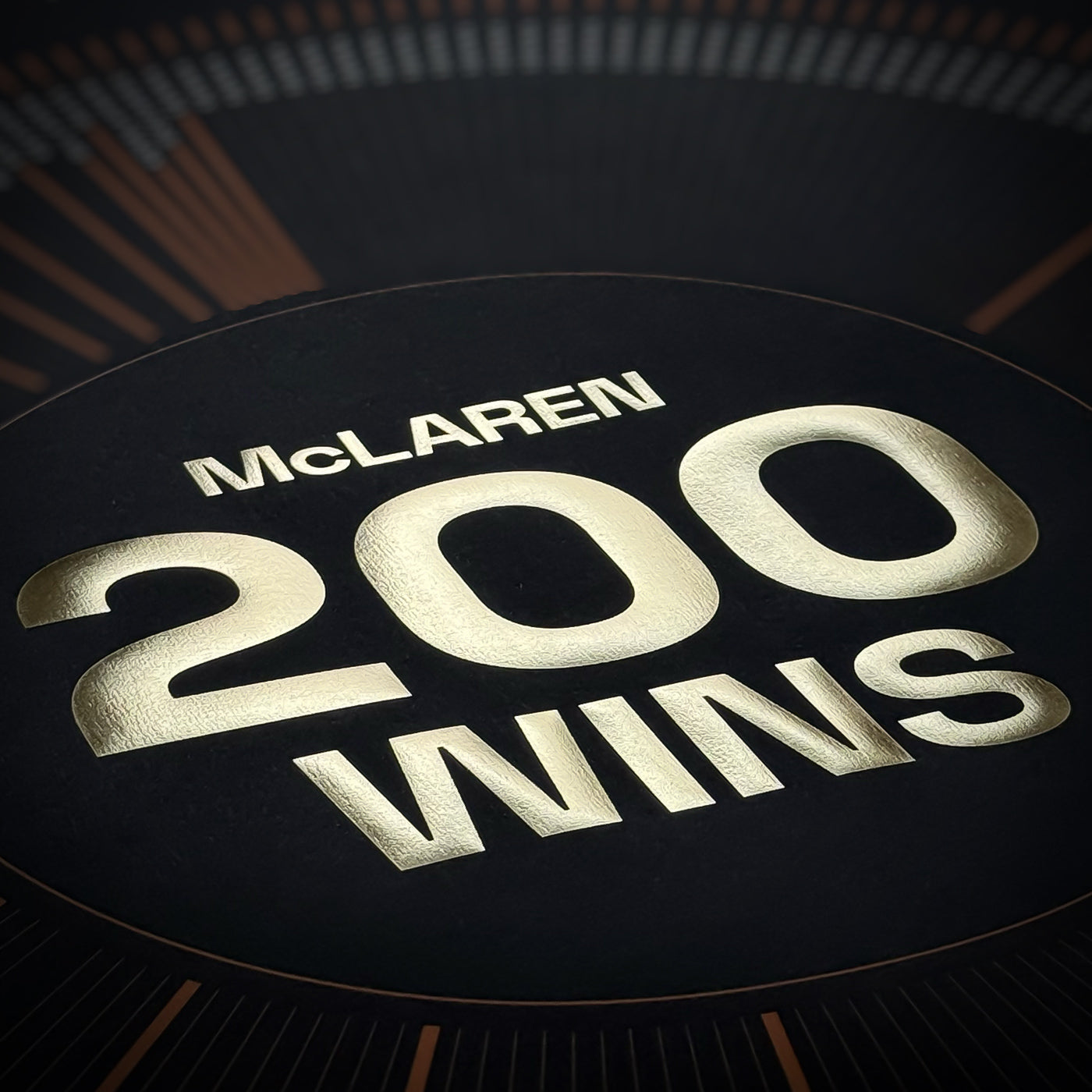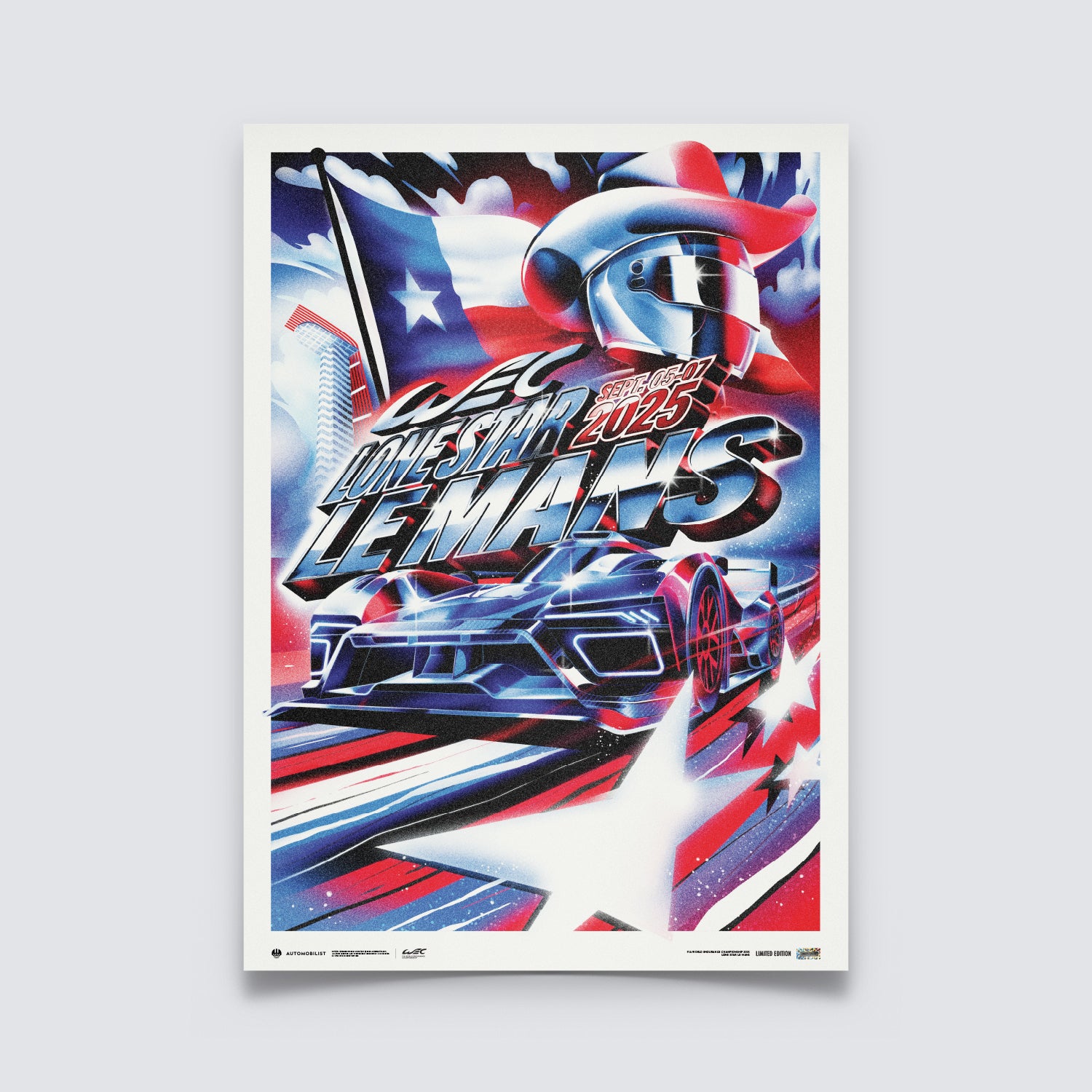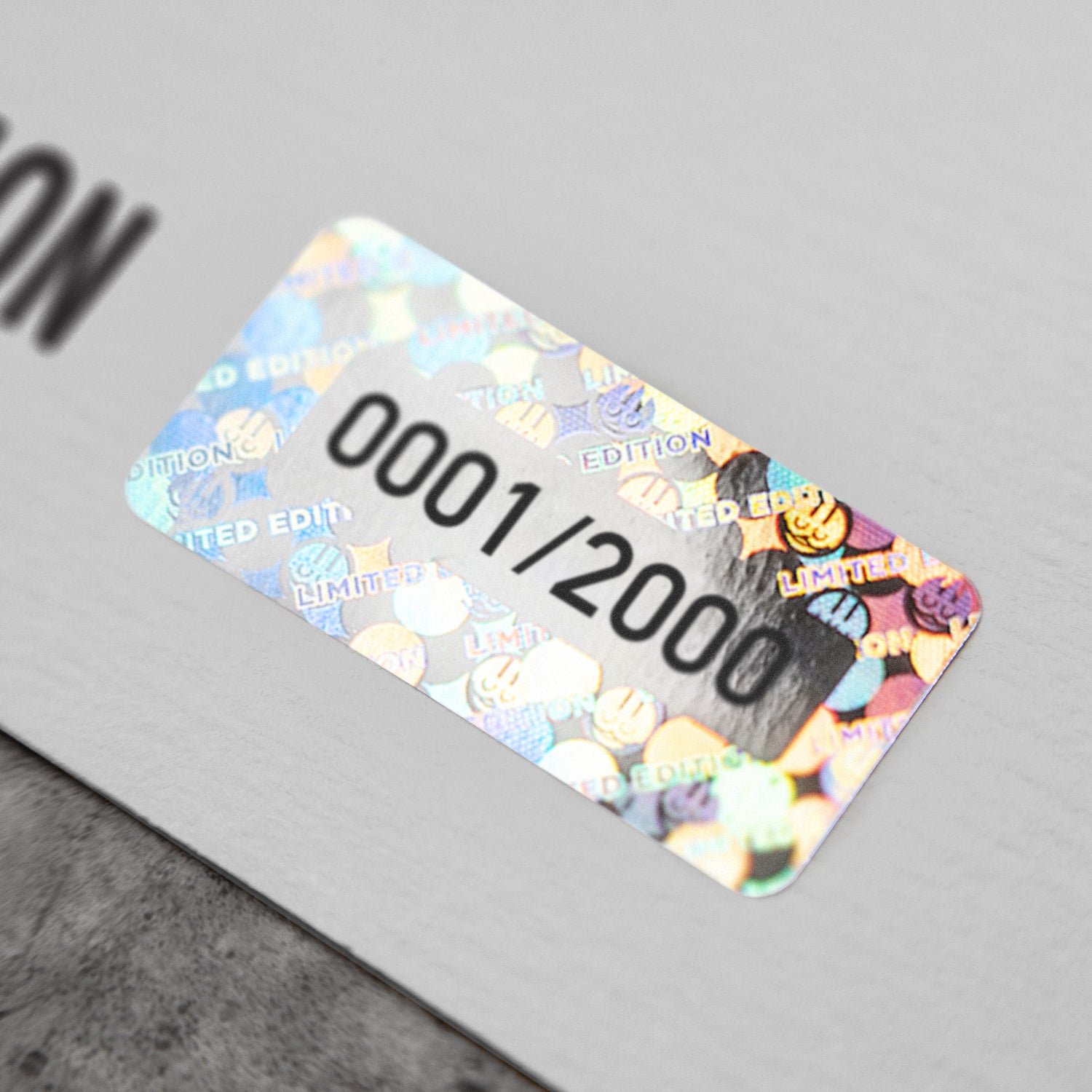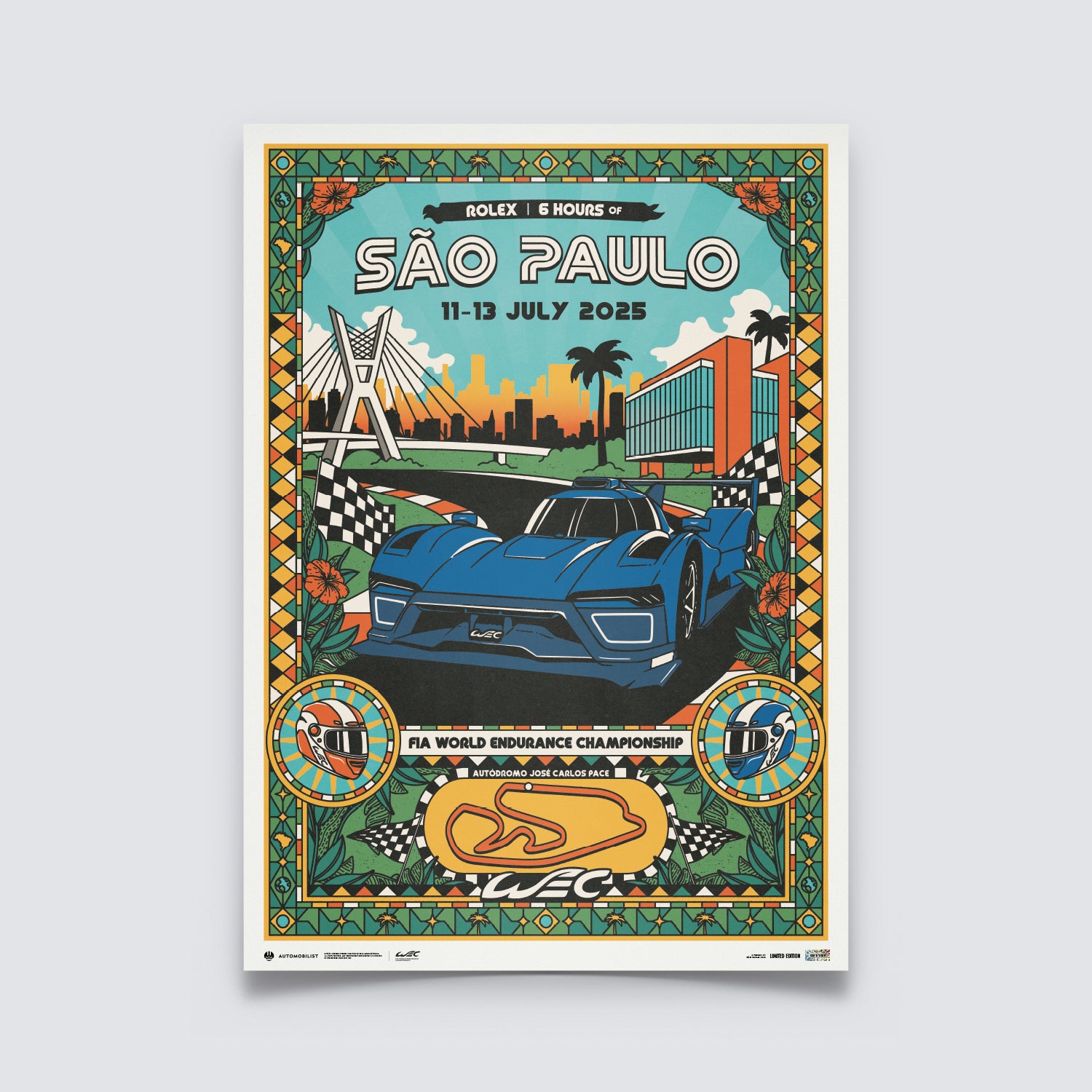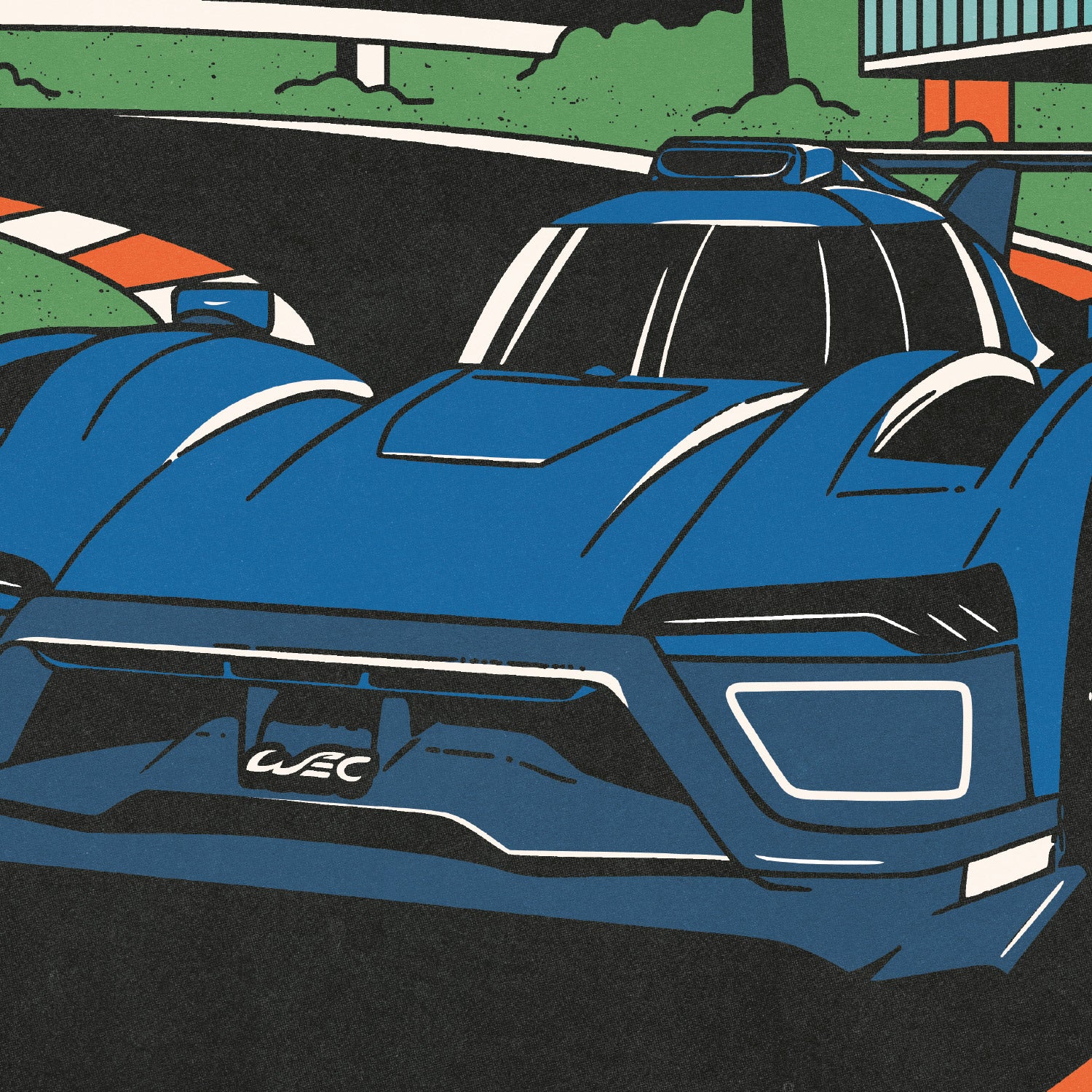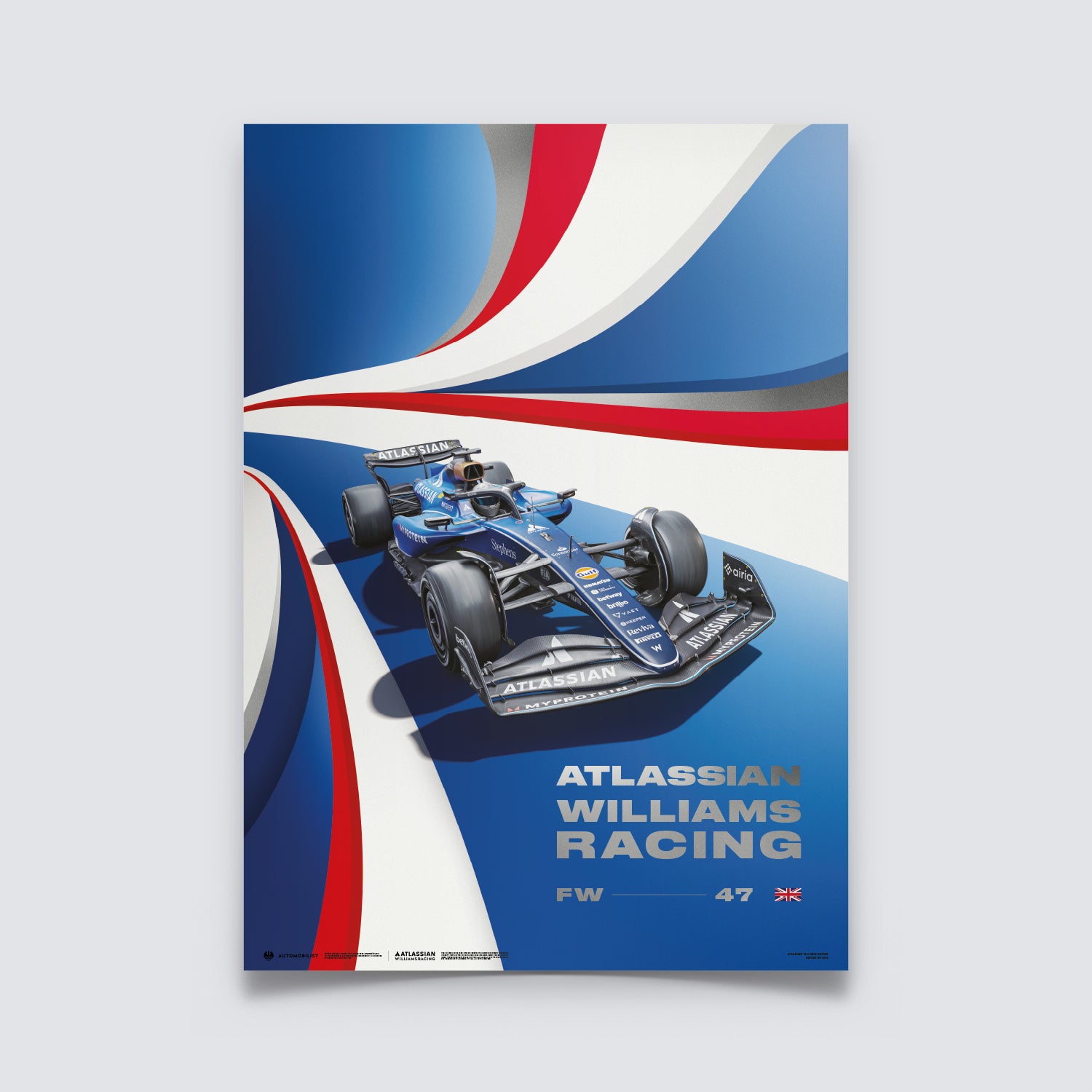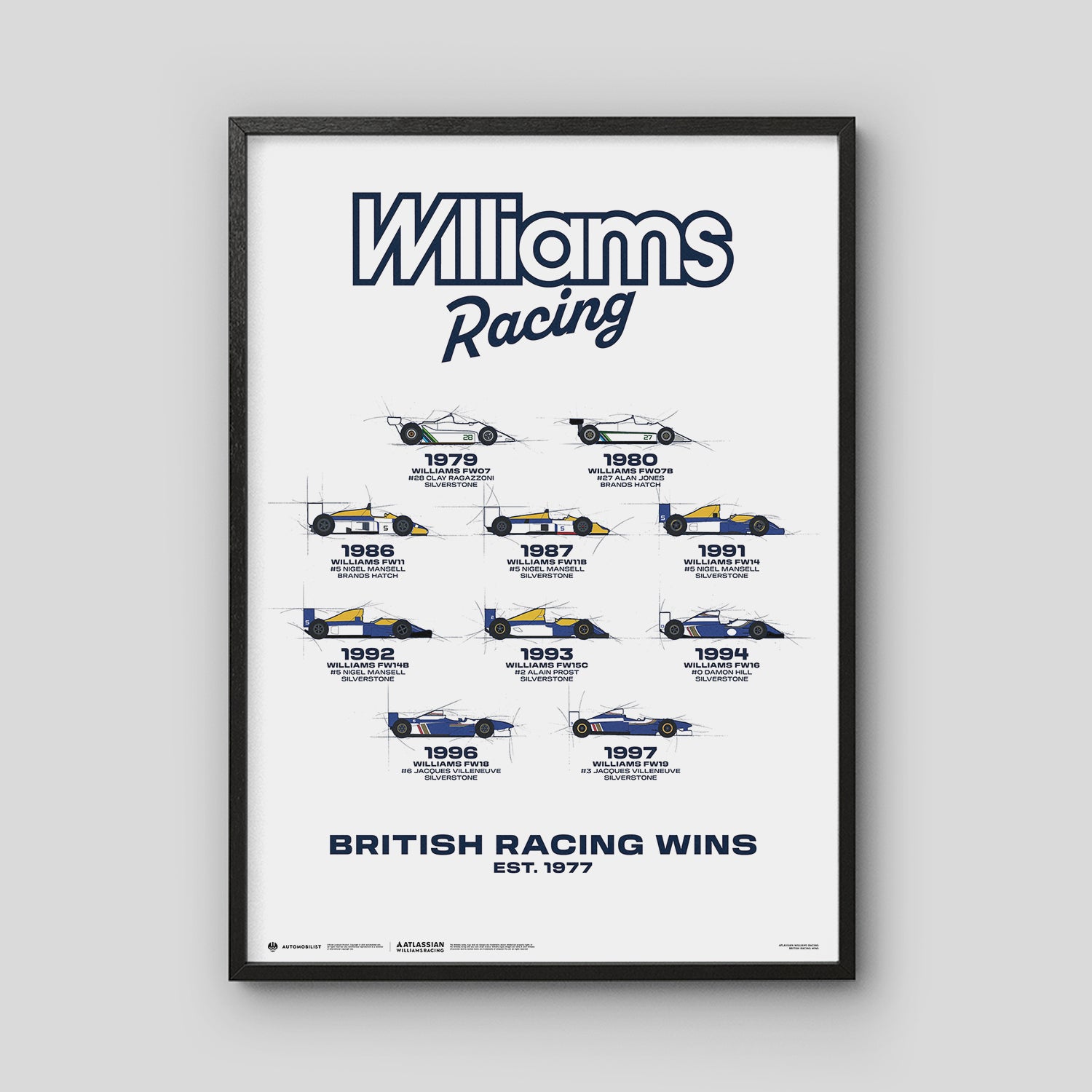There’s been no home-grown driver to cheer since Felipe Massa hung up his helmet at the end of the 2017 season and although the crowds will flock to the Autodromo Jose Carlos Pace at the weekend, the country as a whole lost much of its appetite for Formula 1 after the death of Ayrton Senna, at the 1994 San Marino Grand Prix.
There would be long lines of fans on foot queuing for miles down the hill from the Interlagos circuit hours before the gates were opened in the Senna era. Samba bands ensured the crowd, already cheering their hero’s name, would shimmy their way through the turnstiles. However, although he took part in his home race a total of eleven times, he only won in the suburbs of Sao Paulo on two occasions, with two additional podium finishes to his name. His very first Formula 1 race was in fact the 1984 Brazilian GP, held at Rio de Janeiro’s Jacarepagua track and it ended in retirement when making his debut with the Toleman team. It was more of the same the following year with Lotus, but finally he stood on the podium in 1986, having qualified on pole in the Lotus, eventually finishing second.
Another retirement brought further disappointment in 1987 and the following year, Ayrton lined up in pole position in his first ever race for McLaren. In the MP4/4 that would go on to win 15 of the 16 rounds that year, the young Brazilian produced a brilliant drive at the track recently named in honour of his bitter rival and fellow countryman Nelson Piquet. But the result sheet shows he was actually disqualified. A gear selector problem on the parade lap meant he was stuck in first gear so he pitted, took the spare car and set off in pursuit. Eventually he worked his way through the field to be second behind team-mate Alain Prost, but was black flagged and disqualified for taking the spare car after the green flag had been shown following the parade lap.
Another pole in ’89 raised hopes in the partisan crowd but Senna finished eleventh and then in 1990, the race switched venues to its current home in the Interlagos suburb of Sao Paulo and the change produced another podium but still not the top step. Again, Senna qualified on pole – almost a given for the king of the single lap samba - but an early collision with Japan’s Satoru Nakajima meant he had to pit for a new nosecone, although he recovered to finish third. The winner was Alain Prost in a Ferrari and he was possibly the most unpopular man on the grid that day, as this was his first appearance in Brazil since the controversial collision with Senna at Suzuka the previous year which led to the Paulista’s disqualification, ultimately handing that year’s championship title to the Frenchman. The grid was very close to the fans at Interlagos and the boos, jeers and general waves of antipathy aimed at the Ferrari man would have felt quite intimidating!
Then came 1991. By now, Ayrton was a global star and a double world champion. Would he finally win at home? He led from pole position in the McLaren, but he could not shake off Nigel Mansell in the Williams, until on lap 50 the Englishman suffered a puncture and eventually retired. Senna looked set to cruise to the chequered flag, except that his gearbox was playing up, leaving him with no third, fourth or fifth gears. At this point he was being chased down by Ricardo Patrese in the other Williams as the heavens opened. As he came past the pits, Ayrton was gesturing that the race should be stopped. It wasn’t but he somehow managed to hang on to win at home for the first time. The scream of joy mixed with pain that can be heard over the radio expresses just how much it meant to him.
1993 was a tough one for Ayrton and his McLaren team, now without Honda and having to make do with a make-do customer Cosworth engine. Brazil was the second round on the calendar and the Williams-Renault of his great rival Alain Prost and Damon Hill was the class car of the field. The Frenchman’s pole lap was a massive two seconds quicker than the Brazilian’s best qualifying time. Senna got great drive off the line from third on the grid and immediately went second. But then, he had to pit for a stop-go penalty, deemed to have overtaken a backmarker when the yellow flags were being waved.
But Ayrton didn’t understand the concept of giving up and when the typical Sao Paulo rain arrived, the race began to come to him. As most of the field frantically pitted to get rid of their slicks and fit rain tyres Prost stayed out and paid the price, crashing into a Minardi and out of the race, leaving Hill to lead from Senna and Schumacher. The showers passed and everyone was back on slicks again. But the track was still greasy and this is where Senna shone, pulling off a sensational passing move on Hill to take his second win at his home track. It was McLaren’s 100th F1 win and making the day even more special was the fact that Senna was presented with the winner’s trophy by another legend of the sport, five-times world champion, Juan Manuel Fangio.
If you’re telling yourself that this sort of wheel-to-wheel action would not be allowed in modern day Formula 1 and how much better the racing was back then, it’s a less well reported fact that the madcap antics of the two daredevil friends did not meet with universal approval. The two of them were given a dressing down by Jody Scheckter, Villeneuve’s Ferrari team-mate and then president of the Grand Prix Drivers’ Safety Committee at the British Grand Prix, the next race on the calendar.
A year later, Senna would be back in his home town in his first appearance with his new team, Williams. It ended in retirement and less than two months later, he was no more, in one of the most unfortunate circumstances.
The crowd and the atmosphere at the Autodromo Jose Carlos Pace would never be quite the same.






